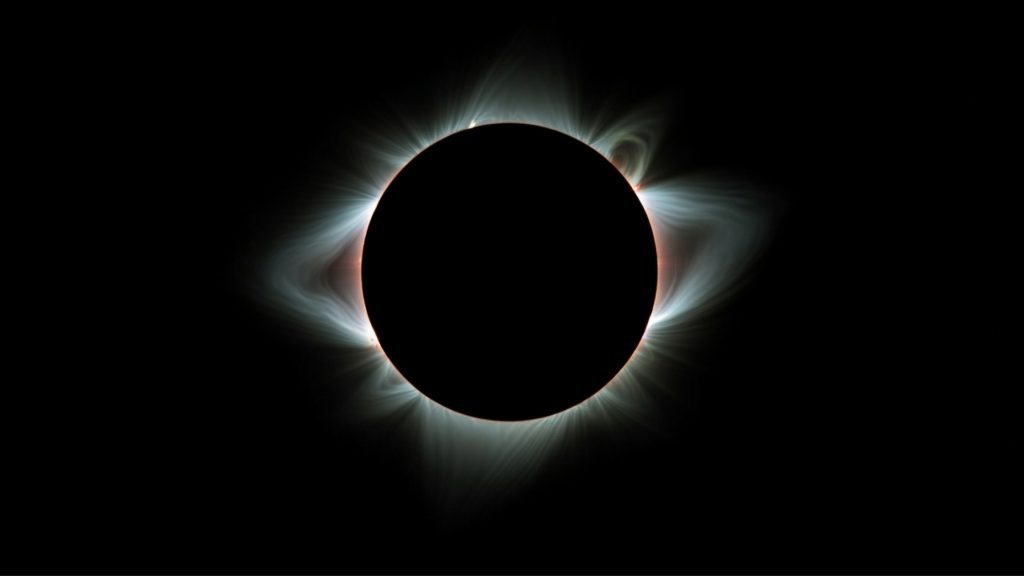
On December 5, the European Space Agency (ESA) launched its Proba-3 mission, sending two spacecraft into orbit to form an artificial solar eclipse and study the sun’s elusive atmosphere, the corona.
The artificial solar eclipse mission will the first of its kind to simulate an eclipse from space, working as a testbed for advanced space technology, called precise formation flying (PFF).
How Can We Create an Artificial Solar Eclipse Through the Proba-3 Mission?
There are two spacecraft included in the Proba-3 mission, the Coronagraph Spacecraft (CSC) and the Occulter Spacecraft (OSC) – both will be installed 60,000 kilometers (37,280 miles) above earth.
When the time comes, they will be launched from the Satish Dhawan Space Centre in India and carried into orbit abroad the PSLV-C59 rocket. Both the CSC and the OSC will use PFF technology to align precisely 150 meters (492 feet) apart, creating an artificial solar eclipse on earth.
The artificial eclipse process happens through the Occulter spacecraft blocking out the bright disk of the sun for the Coronagraph spacecraft. From there, scientists will have the ability to study the sun’s corona.
An Artificial Social Eclipse
Solar eclipses afford the extremely rare opportunity to perceive the normally invisible corona of the sun due to its brightness, shining about a million times less bright than the sun itself. The corona, spanning temperatures between one to three million degrees Celsius – 1.8 to 5.4 million degrees Fahrenheit – is one highly scientifically interesting region.
Researchers study and observe the dilemma of Corona’s temperature phenomenon without any interference from Earth’s atmosphere through the Proba-3 mission. In parallel, the coronagraph specialized telescope that blots out the sun’s light-scientists will give a detailed observation of the process.
Any instrument used to produce artificial solar eclipse, like the Association of Spacecraft for Polarimetric and Imaging Investigation of the Corona of the Sun (ASPICCS), will simplify the analysis of the corona properties.
Why Is Proba-3 Mission Important?
The study of the corona is important for space weather, and the impact on Earth, as solar flares and coronal mass ejections can have an impact on satellites, communication systems, and power grids.
Proba-3 mission will produce an artificial eclipse for about six hours every orbit, giving regular access to the corona at times other than during total solar eclipses.
The success of the artificial solar eclipse mission depends highly on advanced formation flying technology, with the two spacecrafts keeping a steady 150 meters to millimeter accuracy via GPS and inter-satellite radio links.
The following technology has a potential for future applications in space missions. Proba-3’s 19 -hour orbit allows regular studies of the sun’s corona, giving valuable data on solar behavior and space weather. By mimicking a solar eclipse in space, it develops advanced solar research and space technology, highlighting the potential of precise formation flying.
Inside Telecom provides you with an extensive list of content covering all aspects of the tech industry. Keep an eye on our Tech sections to stay informed and up-to-date with our daily articles.